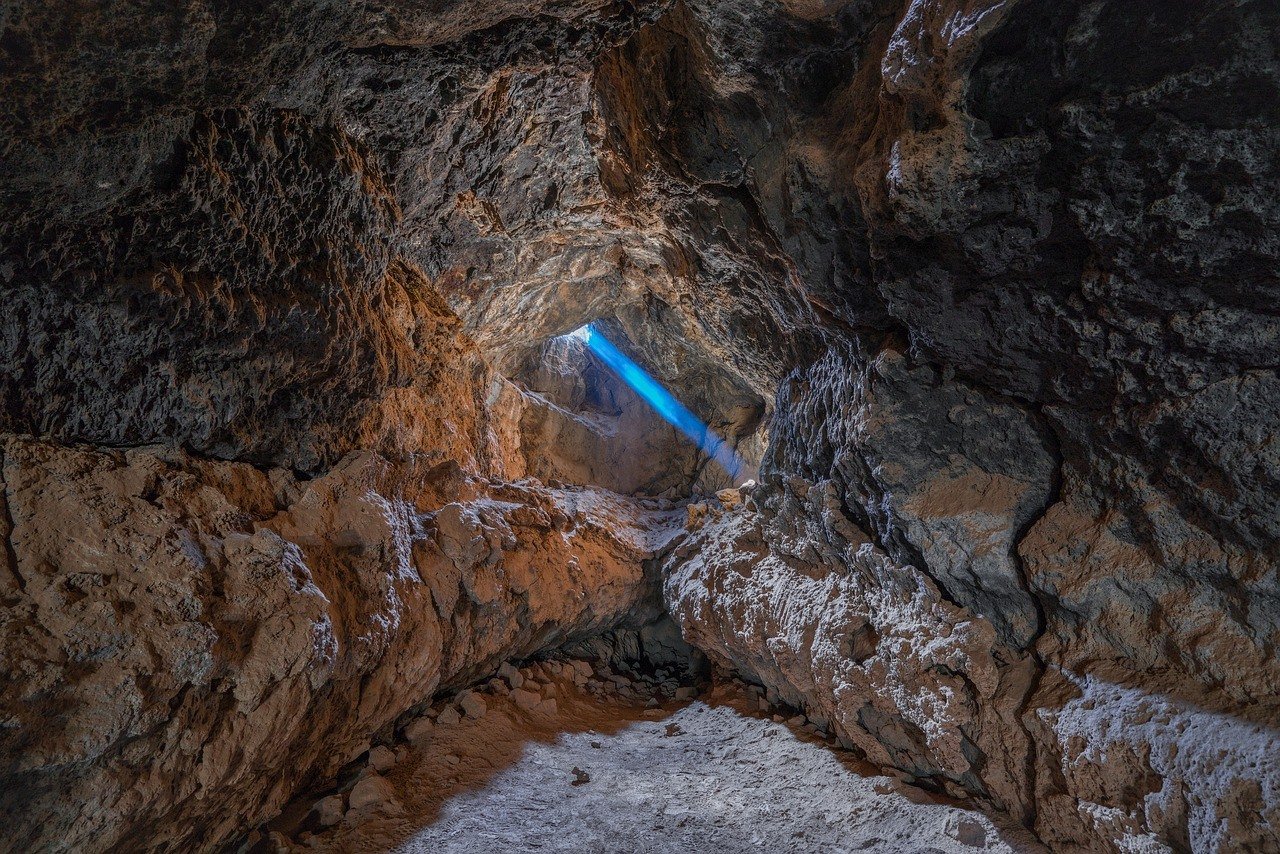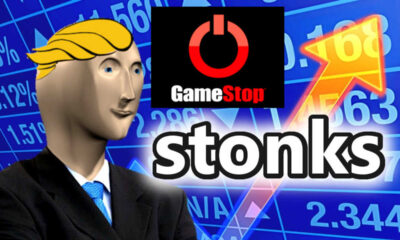Business
Open source data might be the future of mining exploration
Though mining is governed by old-fashioned practices, bold changes can shake up the industry.

The main purpose of mining explorations is to gather data that will be useful for future research and investors.
Carrie Wong, a former database manager for a mining exploration company, said that her years of experience taught her that mining data should be kept secret in order to keep an edge over competitors. Though this might be the age-old practice, Wong believes that there should be a change in the treatment of data in order for one of the world’s oldest industries to take a leap into the future.
In a post published by Geology for Investors, Wong highlighted the use of computer technology and crowdsourcing as stimulants for the growth of mining exploration. Crowdsourcing is the process of getting help or input from a global community in order to provide a solution for a problem. Wong mentioned how the SETI program, the project for building the largest telescope in the world, utilized thousands of idle computers from volunteers all over the world to harness the strength of multiple supercomputers that helped researchers explore space. Because of a global force that aimed for a similar result, positive effects took place. Canada-based Gold Corp Inc.’s use of this practice has been dubbed as the “greatest crowdsourcing story ever told.”

Mining exploration can benefit from knowledge-driven projects. (Source)
In 1999, CEO Rob McEwen was desperate to improve Gold Corp’s status after finding out that the Red Lake Mine in Ontario did not yield enough gold, thinking that the mine deposits laid deeper underground. Looking for inspiration, McEwen attended an MIT talk about Linux and its open-source system. Minutes after the talk, the CEO had an idea how to save his company from failure.
Going against the traditional norm of keeping his company’s data a secret, McEwen shared 400 megabytes of geological data to the public, some dating back to 1984 that covered 55,000 acres across the Red Lake. This was to prepare the public for a contest called the “Goldcorp Challenge” that was launched in the spring of 2000. The aim of the contest is simple: present exploration plans and techniques on where to find gold in Red Lake based on the data and if the entries yielded positive results, a cash prize of $575,000 awaited the winners. Millions of entries were submitted within weeks, mostly from mathematicians, graduate students, and skilled geologists.
“We had applied math, advanced physics, intelligent systems, computer graphics, and organic solutions to inorganic problems. There were capabilities I had never seen before in the industry,” said McEwen in a report by Bloomberg. 110 targets were identified by the contestants in the area, 80% of which had huge quantities of gold. Since the contest was launched, 8 million ounces of gold (worth $3 billion) were found in Red Lake.
A similar gamble was made by Barrick Gold in 2007 with their “Unlock the Value” contest. The scientific community was challenged to present economically favorable methods to increase the amount of silver found in Argentina’s Veladero mine. The teams whose plans were chosen for the testing phase were promised $25,000, while the winning team gets $10 million. According to a report by The Business of Mining, the Barrick Gold chose 9 concepts to take into its testing phase that took off in November 2009.
Meanwhile, Indonesia has fallen out of the global nickel game that resulted to a nickel deficit expected in the first quarter of 2015—a bold move coming from the leading supplier in the world. Russian-based Amur Minerals Corporation (OTC:AMMCF) is currently securing its license to start an exploration in the Kun-Marie mine in the Amur Oblast region, a top nickel reserve in the world. There’s a huge chance that nickel will be found in the area and crowdsourcing or open source data could alter the world’s current nickel situation in more ways than one.
ExplorationFunder is a crowd funding company that connects accredited investors with exploration companies. The online marketplace evaluates mining companies in due diligence (success rates, financial positions, geological models, quantity of resource) and presents data to the investors.
With the help of open-sourced data and platforms such as ExplorationFunder, investors and information gathered from all over the world can help in shaping the future of mining exploration. Just imagine what crowdsourcing at the height of the digital era could do. If crowdsourcing worked for mining explorations in the early 2000’s with Linux, it can only get better more than a decade after, especially now that open innovation websites are attracting today’s greatest minds.
—
This article may include forward-looking statements. These forward-looking statements generally are identified by the words “believe,” “project,” “estimate,” “become,” “plan,” “will,” and similar expressions. These forward-looking statements involve known and unknown risks as well as uncertainties, including those discussed in the following cautionary statements and elsewhere in this article and on this site. Although the Company may believe that its expectations are based on reasonable assumptions, the actual results that the Company may achieve may differ materially from any forward-looking statements, which reflect the opinions of the management of the Company only as of the date hereof. Additionally, please make sure to read these important disclosures.

-

 Biotech4 days ago
Biotech4 days agoAdvancing Sarcoma Treatment: CAR-T Cell Therapy Offers Hope for Rare Tumors
-

 Impact Investing2 weeks ago
Impact Investing2 weeks agoShein Fined €40 Million in France for Misleading Discounts and False Environmental Claims
-

 Impact Investing1 day ago
Impact Investing1 day agoNidec Conversion Unveils 2025–2028 ESG Plan to Drive Sustainable Transformation
-

 Impact Investing1 week ago
Impact Investing1 week agoVernazza Autogru Secures €5M Green Loan to Drive Sustainable Innovation in Heavy Transport

























